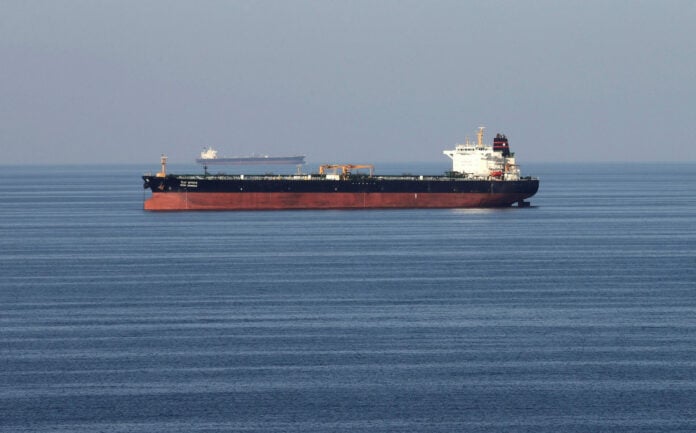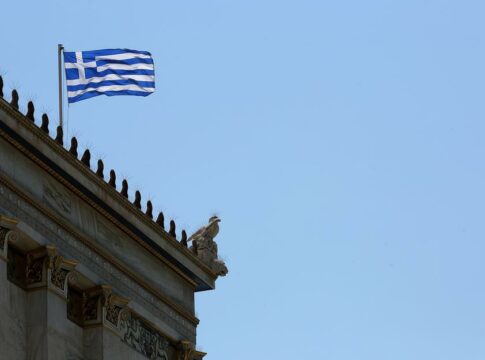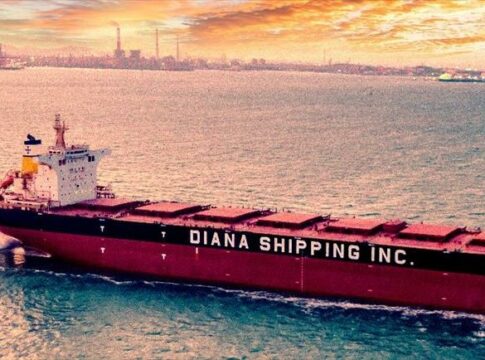As the US launched air strikes on Iranian nuclear facilities and the Iran-Israel war escalates, eyes are once again turning to the world’s most sensitive energy hub: the Strait of Hormuz.
About 20 million barrels of oil pass through the strait every day – almost 20% of global consumption. A possible blockage would send prices soaring, shock markets and have knock-on effects on economies that rely on energy imports, such as India and the EU.
The strategic strait between Iran and Oman, 160 kilometers long and just 33 kilometers wide at its narrowest point, connects the Persian Gulf with the Indian Ocean. Dozens of giant tankers pass through it every day, carrying oil and liquefied natural gas from Saudi Arabia, Kuwait, Iraq, the United Arab Emirates and Iran.
Its geographical configuration – narrow, shallow and exposed – makes it an ideal target for missile strikes, Revolutionary Guard speedboats and drone attacks. Τhe West has described it for decades as “the most vulnerable point in global energy.”
The oil market shock that analysts were warning about yesterday did not come on Monday morning. Brent prices briefly exceeded 79 dollars a barrel, but the “explosion” was averted.
The reason is that investors are used to constant changes in the Israel-Iran war, or they believe that Tehran cannot fire its most powerful weapon without being fatally wounded itself.















